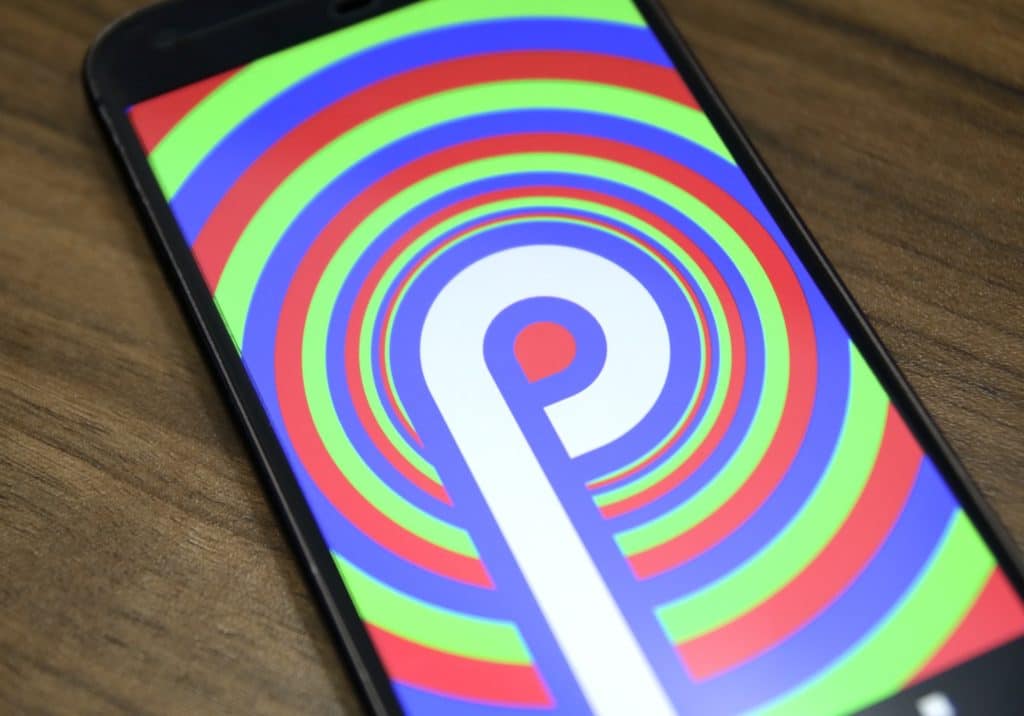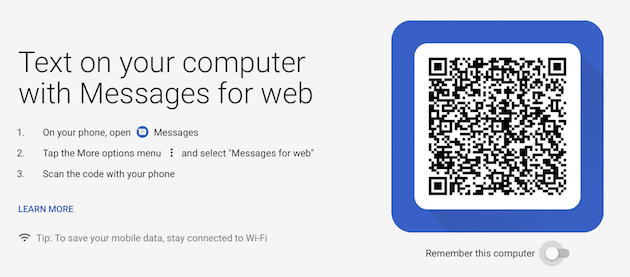
With Android Oreo out of the gate, Google is now working on Android P, the next major release of the OS. Bloomberg has provided details about some new features that Google is working on for Android P, which is internally dubbed as Pistachio Ice Cream.
Google is looking to “overhaul” Android to support a new range of Android devices which will come with a notch display design similar to the iPhone X. The OS will also bring tighter Google Assistant integration, improved battery life, and support for devices with multiple screens and foldable displays. The support for notch displays in Android P does not mean that Google is embracing the notch. Instead, it is only adding support for it in the OS as many major OEMs plan on releasing phones with a notch display design. The Essential Phone is already one such device on the market, with Huawei rumored to follow suit with its P20 series of flagship phones this year. Other Android OEMs are also expected to follow suit.
The “key goal” of the update, however, is to improve the looks of the OS so as to entice more iPhone users to switch over to Android. Google is also mulling integrating the search bar on the home screen and Google Assistant into one, though it is yet to take the final decision on this. Google has already made huge strides in improving the usability of Android over the last few releases so it remains to be seen what other improvements the company will make with Android P.
Developers will also be able to make use of Google’s voice recognition technology in their apps.
Our Take
With Android P, Google will not be taking any steps to further fix the biggest problem of the OS: fragmentation. In Android Oreo, Google introduced Project Treble which makes key components of the OS modular thereby allowing for an easier upgrade path for OEMs. However, six months after its release, Android Oreo runs on less than 2 percent Android devices out there. Worse, only new devices that launch with Oreo out of the box will have support for Project Treble which means that improvements, if any, introduced by it would only be visible towards the end of this year when Google releases Android P officially to the public.
[Via Bloomberg]















